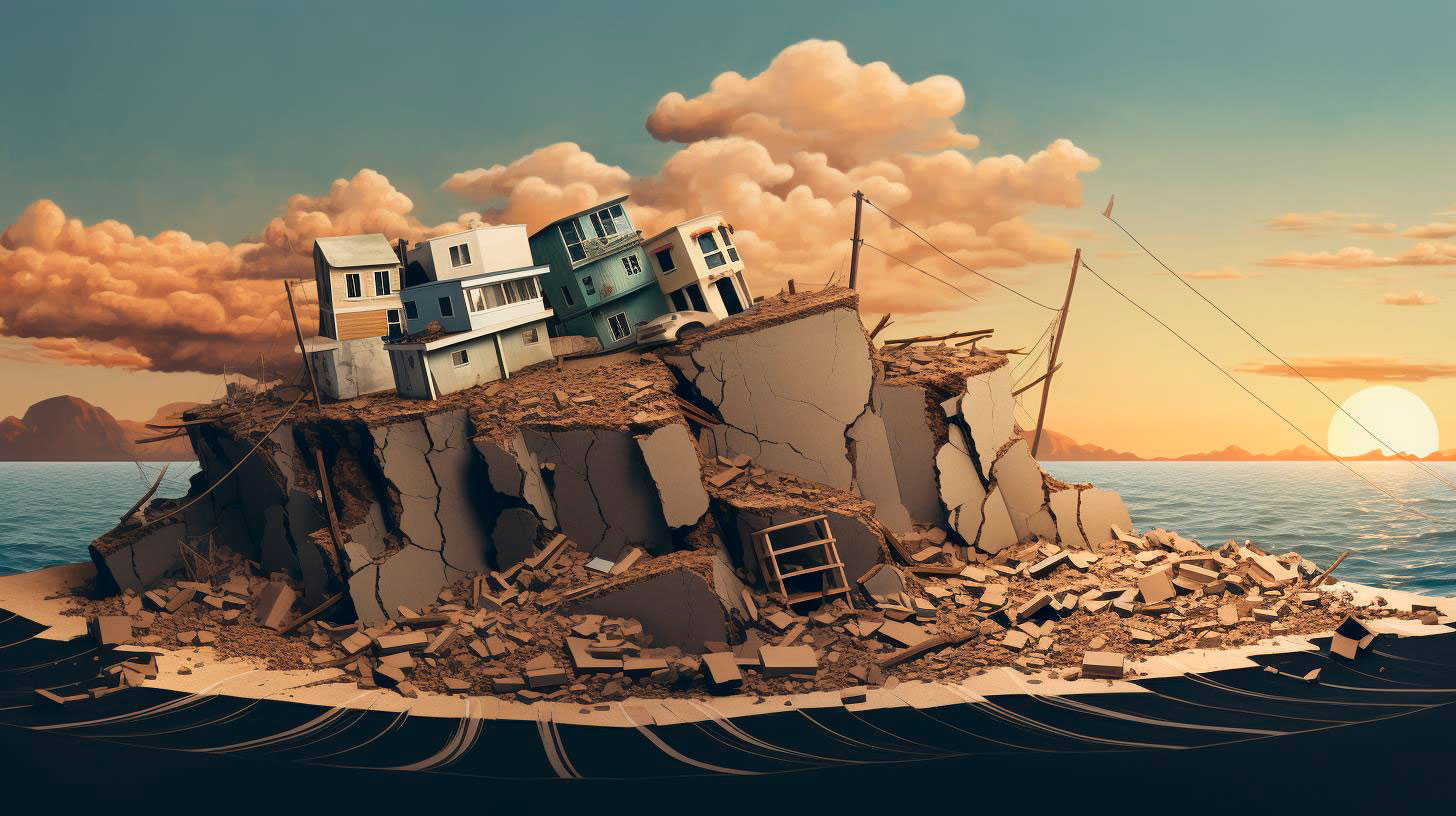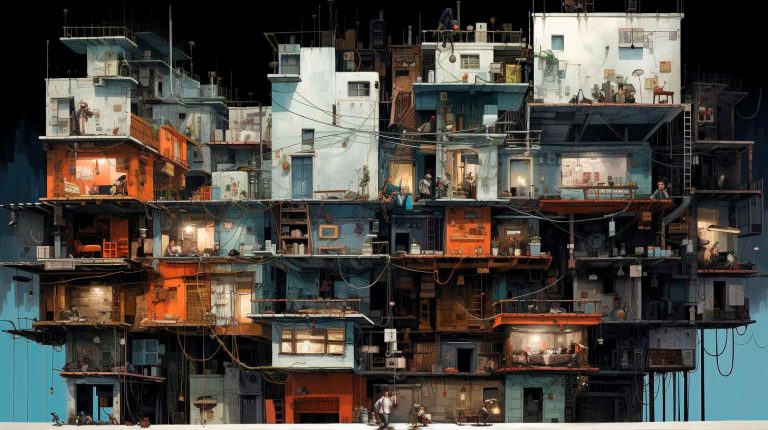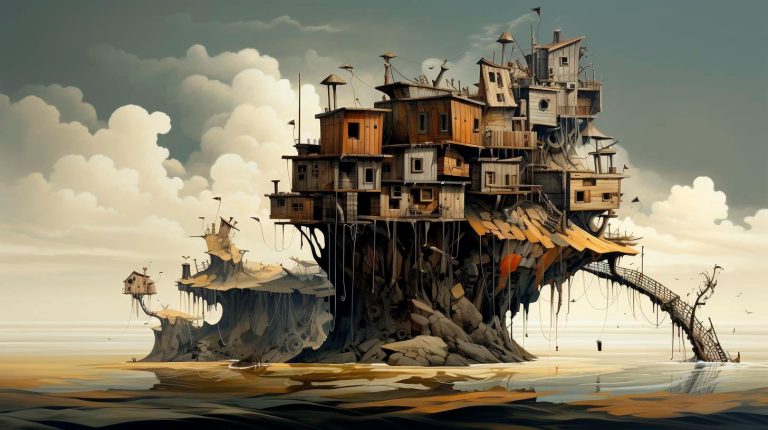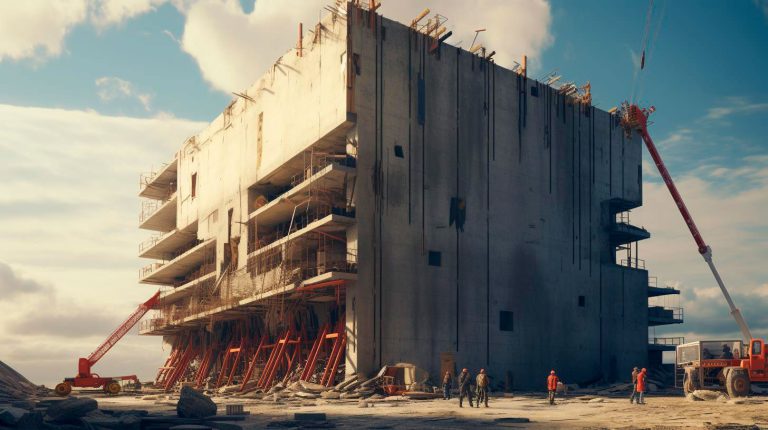The Intersection of Photography and Cinema
The convergence of photography and cinema has been a dynamic and evolving relationship for many years. These two mediums share many similarities, yet each has its own unique approach to storytelling. Cinematic photography bridges the gap between still images and motion pictures, offering a captivating fusion of both worlds. It allows photographers to create narratives within a single frame, capturing the essence of a story in a still moment.
- Captivating Visual Storytelling: Cinematic photography enables photographers to tell stories through visually stunning images. Each photograph becomes a scene that conveys emotion, evokes a narrative, and transports the viewer to a different world.
- Exploration of Lighting and Composition: Cinematic photography requires a deep understanding of lighting and composition to create impactful visuals. It pushes photographers to experiment with different techniques, such as chiaroscuro lighting or visually striking compositions, to enhance the storytelling aspect of their photographs.
- Emphasis on Mood and Atmosphere: To create a cinematic moment, photographers need to focus on setting the right mood and atmosphere. Through careful selection of locations, props, and styling, they can transport the viewer into a specific time, place, or emotion.
Advancing Photography Careers
The use of cinematic photography techniques has opened up new avenues for photographers to diversify their careers. Traditional studio-based photography is no longer the only option. The demand for cinematic moments in various industries, such as fashion, advertising, and entertainment, has created exciting opportunities for photographers to explore their creativity and reach wider audiences.
- Expanding Clientele: By incorporating cinematic elements into their work, photographers can attract clients who are looking for storytelling visuals that go beyond traditional studio portraits. This expansion in clientele opens doors for collaborations with brands, actors, and filmmakers.
- Wedding and Event Photography: The wedding industry, in particular, has embraced the cinematic photography trend. Couples now seek photographers who can capture the essence of their wedding day in a cinematic manner, creating a lasting memory that feels like a scene from a movie.
- Collaborations with Filmmakers: Cinematic photographers have the opportunity to collaborate with filmmakers to create compelling visuals for promotional materials, movie posters, or even stills for film productions. This collaborative work can enhance photographers’ portfolios and extend their reach to new audiences.
Key Takeaways
Cinematic photography merges the art of storytelling found in cinema with the power of still photography, creating captivating and emotive visuals that transport viewers to another world. By exploring this creative realm, photographers can expand their career prospects, attract a wider clientele, and collaborate with professionals from various industries.
Conclusion
From capturing fleeting moments to immortalizing emotions, the intersection of still photography and cinema brings a fresh perspective to the art form. Cinematic photography allows photographers to push the boundaries of traditional studio work and delve into the realm of storytelling through visually striking images. By incorporating cinematic elements into their work, photographers can advance their careers, explore exciting opportunities, and create compelling narratives that resonate with viewers.

















+ There are no comments
Add yours